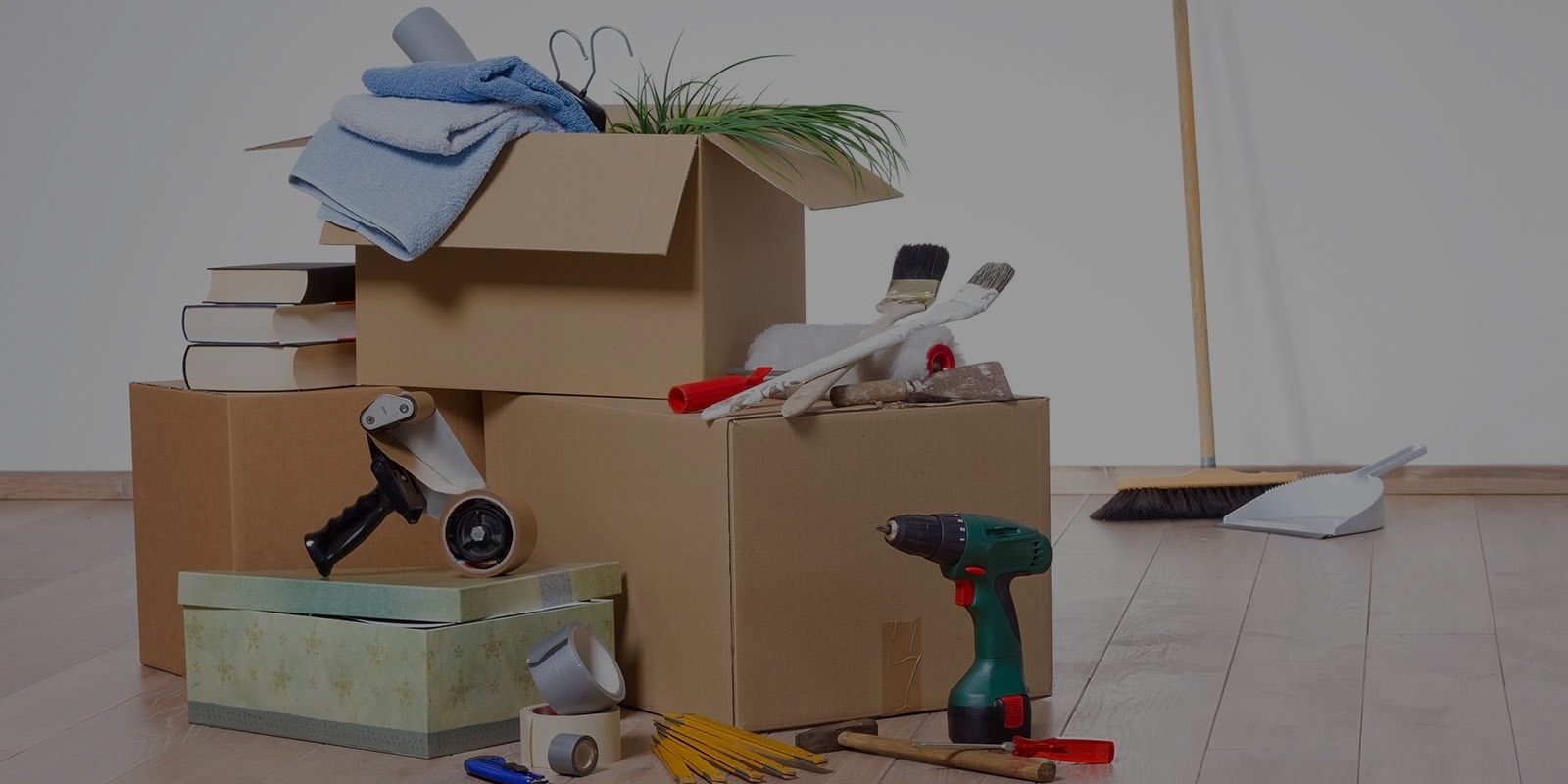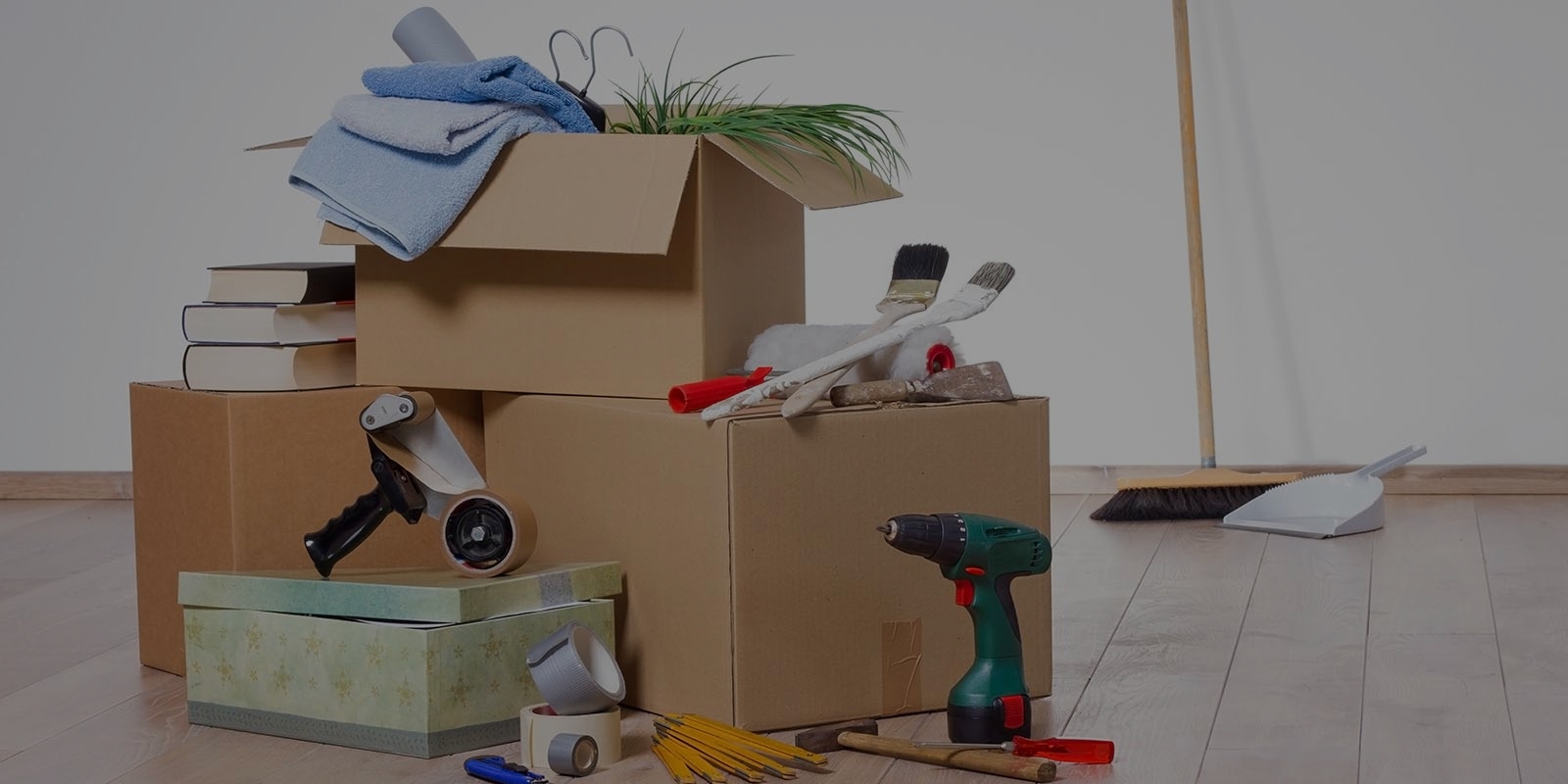Solo Lifting: Techniques for Moving Heavy Items Alone
Posted on 25/06/2025
Whether you're moving into a new home, rearranging furniture, or simply transporting heavy items in your garage, there often comes a time when help is nowhere to be found. Solo lifting might sound intimidating, but with the right approach and knowledge, it is absolutely possible to move bulky and heavy objects on your own--without risking your safety or damaging your property.
In this comprehensive guide, you'll discover expert-approved techniques for lifting heavy items alone, along with essential tips for minimizing strain and maximizing efficiency. We'll dive into proper lifting form, handy equipment, and smart strategies for common scenarios, all with your well-being in mind.
Understanding the Risks: Why Proper Solo Lifting Matters
Before we jump into the best solo lifting techniques, it's crucial to understand what's at stake. Improper lifting can cause serious injuries such as muscle strains, slipped discs, and other back or joint issues. When moving items by yourself, there's an increased risk of accidents--not just to your body, but also to your walls, floors, and valuables.
- Back Strain: Overexertion can lead to acute or chronic pain.
- Muscle Tears: Poor grip or sudden movements may cause tears or sprains.
- Drop Hazards: Without an extra pair of hands, items are more likely to slip or fall.
- Property Damage: Scratching floors, chipping paint, or damaging objects is easier when maneuvering solo.
Investing time to learn proper solo lifting strategies is essential for any DIY enthusiast, renters, homeowners, or anyone who values health and safety.

Key Principles of Safe Solo Lifting
The foundation of safe and smart solo lifting lies in technique, preparation, and using the right tools. Here's what to keep in mind before you begin any heavy lifting task:
- Always lift with your legs--not your back.
- Keep the item as close to your center of gravity as possible.
- Wear non-slip shoes and comfortable, flexible clothing.
- Clear your path in advance--remove tripping hazards.
- NEVER attempt to move something too heavy. Know your limits!
Remember: If you feel unsure at any point or if the item is simply too heavy, call for help or hire a professional mover. No object is worth risking long-term health for the sake of pride or convenience.
Essential Solo Lifting Equipment and Tools
Make your next item move easier with smart tools designed for lone lifters. Here are key pieces of equipment to consider when moving heavy objects by yourself:
- Furniture Sliders: Place these under heavy furniture or appliances to glide them easily across floors.
- Moving Straps and Lifting Belts: These harnesses distribute weight and take pressure off your back.
- Hand Trucks and Dollies: Use these wheeled tools to transport stacked boxes, appliances, and more.
- Stair Rollers: Attach to heavy items for easier navigation up or down stairs.
- Gloves with Grips: Protect your hands from sharp edges while ensuring a firm, slip-proof hold.
- Ramps: Makes moving heavy items into vehicles or across thresholds much easier.
Equipping yourself with even a few of these assists can make moving things alone far less daunting.
Step-by-Step Solo Lifting Techniques
1. Prepare the Space and the Object
- Clear a path between the starting and final locations.
- Remove rugs, shoes, and other tripping hazards from your routes.
- Measure doorways and hallways to ensure your item will fit.
- Organize doors to stay open or wedged while you maneuver.
- Break down larger items (such as disassembling table legs) if possible.
- Check the object for loose parts or anything that may shift while carrying.
2. Get in the Right Position
For effective heavy lifting by yourself, keep your stance shoulder-width apart, bend at the knees (not the waist), and squat next to the item so your back stays straight. The object should be as close to your body as possible--ideally against your core.
3. Lift with Your Legs
- Firmly grasp the object using both hands (utilize grip gloves if needed).
- Push through your heels and straighten your legs to lift (don't jerk upward--use controlled motion).
- Keep the load's weight evenly distributed between your arms and core.
4. Maintain Good Posture Throughout the Move
As you move, keep your head up, shoulders back, and core engaged. If you need to turn, pivot with your feet instead of twisting your torso. Avoid sudden movements which may destabilize you or the item.
5. Set Down with Care
- Lower the item slowly by bending your knees.
- Keep your back straight during the descent.
- Never drop or let go abruptly; always place the object down gently.
Best Solo Lifting Tips for Specific Heavy Items
Moving Furniture Alone
- Slide pieces instead of carrying whenever possible--use furniture sliders or blankets.
- Disassemble components to reduce weight (remove drawers, legs, cushions).
- Tip dressers or bookcases gently onto their side before sliding or dragging.
- For couches, "walk" the piece by lifting alternate corners if the design allows.
Solo Lifting Packaging Boxes
- Test the weight by nudging first--never attempt to lift if it's too heavy.
- Stack lighter boxes above heavier ones on a dolly.
- Use a lifting belt for extra lower back support.
- Always keep the box close to your chest when carrying.
Lifting Appliances On Your Own
- Unplug and secure all cords, doors, and loose fittings.
- Use appliance dollies with safety straps for stability.
- Get a firm grip on handles or underside edges.
- Slide using towels or cardboard if possible (especially on smooth flooring).
Advanced Techniques for Solo Lifting Large Items
The Tilt-and-Pivot Method
This technique allows one person to maneuver large items like armoires or large dressers:
- Stand at one end, and carefully tilt the item so only two legs or one side contacts the ground.
- Pivot the piece around the anchor point in gentle steps, 'walking' it forward or around corners.
The Blanket Drag Technique
- Lay a thick, smooth blanket or moving pad beneath the item.
- Pull on one side of the blanket to slide the object across hard floors.
- This reduces friction and the effort required to move heavy furniture.
Stair Navigation Without Help
- Use a stair-climbing dolly or set up strong ramps for the smoothest transfer.
- For lighter items, carry in small, manageable loads whenever possible.
- If you must carry a heavy piece, balance it carefully on each step, resting as needed.
- Never rush or attempt to skip steps--the risk is not worth the time saved.
Smart Planning for Solo Heavy Item Moves
An effective solo move comes down to careful planning and pacing. Here are some pre-move and in-progress tips to keep you safe and efficient:
- Map your route--avoid tight squeezes or uneven ground.
- Take breaks--listen to your body to prevent fatigue or injury.
- Use timing--move items early in the day or when it's cool and well-lit.
- Hydrate and eat--fuel up before and after strenuous tasks.
- Inform someone--let a friend or neighbor know what you're doing.
Common Mistakes to Avoid When Solo Lifting
- Lifting with your back instead of your legs--this is the #1 cause of injury!
- Trying to move items that are too heavy for one person.
- Twisting while carrying a load.
- Wearing slippery shoes or inadequate clothing.
- Not clearing the path or prepping the area.
- Not securing objects to dollies or hand trucks.
- Ignoring pain or warning signs from your body.
When to Call for Help: Know Your Limits
While independent lifting techniques can be a game-changer, it's also important to recognize your personal limits. If an item is too unwieldy, extremely heavy, or impossible to balance, don't put yourself at unnecessary risk. Certain objects, such as large pianos, massive appliances, or heavy safes, should always be moved with professional assistance. Prioritize safety above all, and be willing to invest in help when needed.
Solo Lifting Safety Checklist
- Inspect the item for weight and stability
- Wear gloves and supportive shoes
- Plan and clear your moving pathway
- Use lifting equipment whenever possible
- Keep a phone within reach in case of emergency
- Never hesitate to pause or ask for help

Frequently Asked Questions About Moving Heavy Items Alone
What are the most important safety tips for solo lifting?
Lift with your legs, keep the item close to your body, use supportive moving equipment, and always avoid sudden twisting or jerking movements.
What equipment makes solo lifting safer?
Invest in furniture sliders, lifting straps, hand trucks, gloves, and ramps for efficient and safe maneuvering.
How do I know if an object is too heavy to move alone?
Test with a gentle nudge or attempt to lift one side--if it feels unwieldy or extremely heavy, don't attempt to move it alone. Consider the risk of injury or property damage.
Can I move appliances single-handedly?
Yes, but only with the use of the right tools (like appliance dollies) and careful planning. Never attempt to lift a large appliance completely off the ground by yourself--slide or roll them instead.
Conclusion: Mastering Solo Lifting for Success and Safety
Solo lifting is a valuable skill for every homeowner, renter, or do-it-yourselfer. With the right knowledge and equipment, moving heavy items alone becomes achievable--and much less intimidating. Always put safety first, use smart solo lifting techniques, and never hesitate to seek help when the job demands it.
By following these best practices, you'll protect your health, save time, and gain confidence in handling future moving challenges. Ready to try your hand at solo lifting? Prepare well, heed the advice above, and you'll be well on your way to moving heavy items like a pro.







